This is a thread that will explain the implied poor Russian Army truck maintenance practices based on this photo of a Pantsir-S1 wheeled gun-missile system's right rear pair of tires below & the operational implications during the Ukrainian mud season.🧵
1/
1/
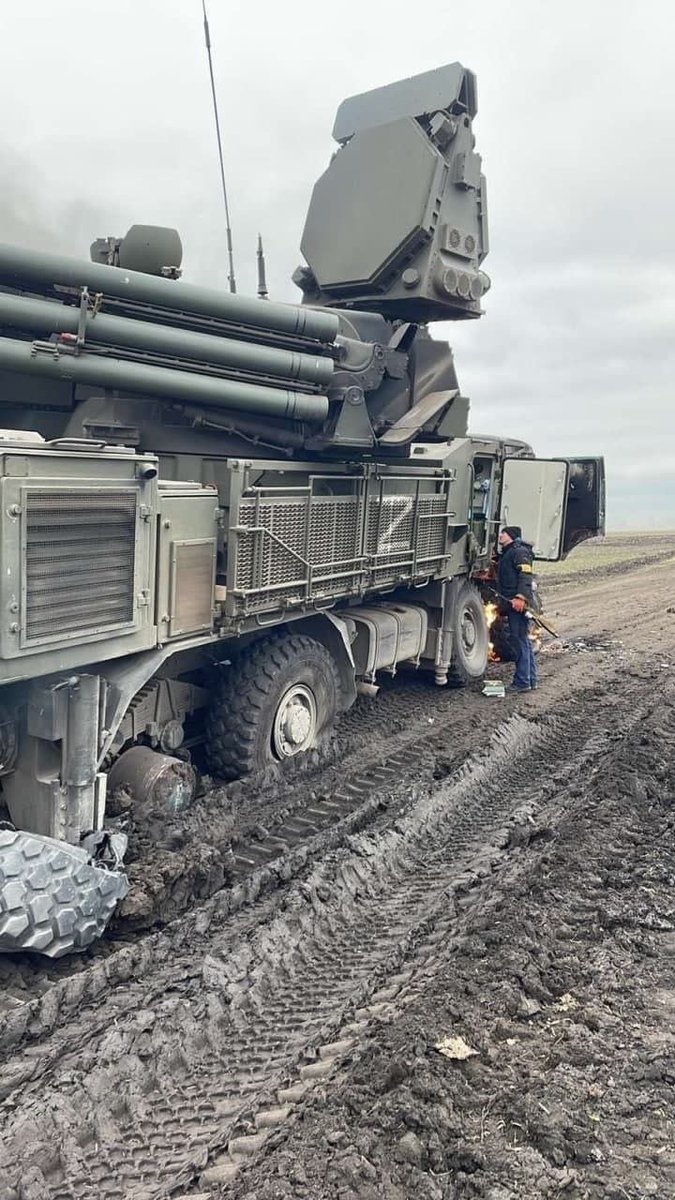
For the sin of being the new guy, I was the DCMA quality auditor in charge of the US Army's FMTV "vehicle exercise program" at the contractor manufacturing them from the Mid-1990's to the mid-2000's Then we got more new guys.
Short form: Military trucks need to be...
2/
Short form: Military trucks need to be...
2/

...turned over and moved once a month for preventative maintenance reasons.
In particular you want to exercise the central tire air inflation system (CTIS) to see if lines have leaks or had insect/vermin nests blocking the system.
CTIS Controller & CTIS diagram👇👇
3/

In particular you want to exercise the central tire air inflation system (CTIS) to see if lines have leaks or had insect/vermin nests blocking the system.
CTIS Controller & CTIS diagram👇👇
3/
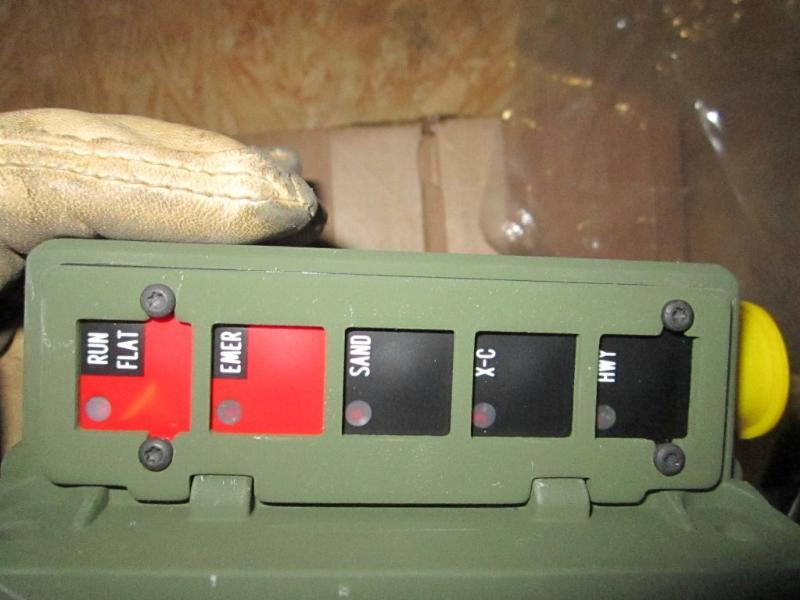

One of the biggest reasons for the repositioning, per TACOM logistic Representatives, was that direct sunlight ages truck tires.
The repositioning of Trucks in close parking prevents a lot of this sun rotting and cycling the CTIS keeps the tire sidewalls supple.
4/
The repositioning of Trucks in close parking prevents a lot of this sun rotting and cycling the CTIS keeps the tire sidewalls supple.
4/
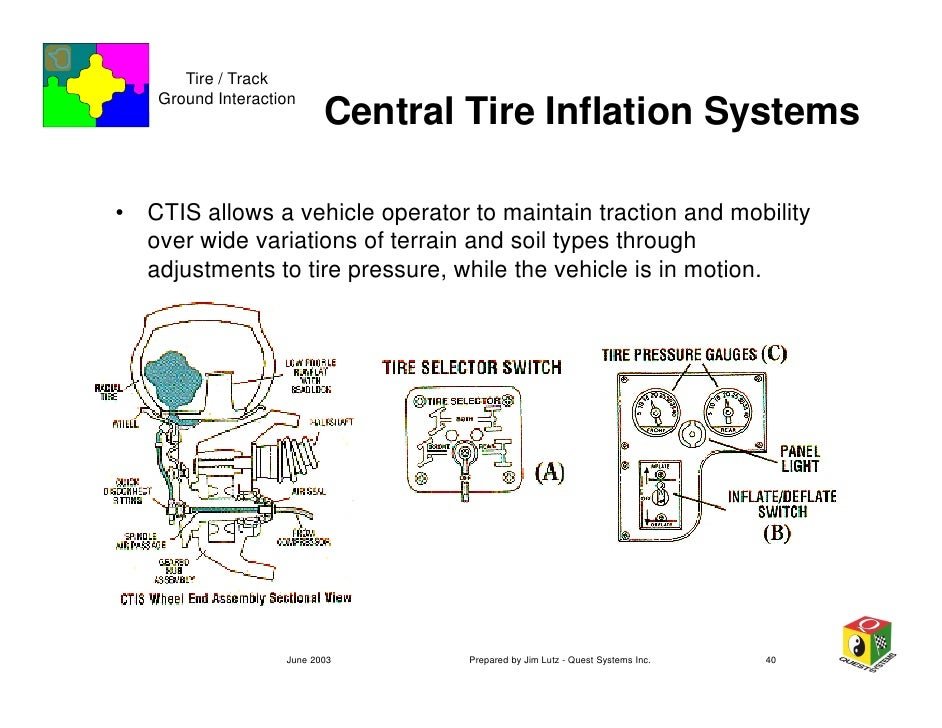
When you leave military truck tires in one place for months on end. The side walls get rotted/brittle such that using low tire pressure setting for any appreciable distance will cause the tires to fail catastrophically via rips.
See early video:
5/
See early video:
5/
https://twitter.com/kemal_115/status/1498328319732981767
Now look at the same Pantsir-S1 tire sidewalls after the Ukrainians tried to tow or drive it out of the mud.
The right rear tire fell apart because the rips in it were too big for the CTIS to keep aired up.
No one exercised that vehicle for 1 year
6/
The right rear tire fell apart because the rips in it were too big for the CTIS to keep aired up.
No one exercised that vehicle for 1 year
6/
https://twitter.com/oryxspioenkop/status/1498745704566730765
There is a huge operational level implication in this. If the Russian Army was too corrupt to exercise a Pantsir-S1. They were too corrupt to exercise the trucks & wheeled AFV's now in Ukraine.
The Russians simply cannot risk them off road during the Rasputitsa/Mud season
7/
The Russians simply cannot risk them off road during the Rasputitsa/Mud season
7/
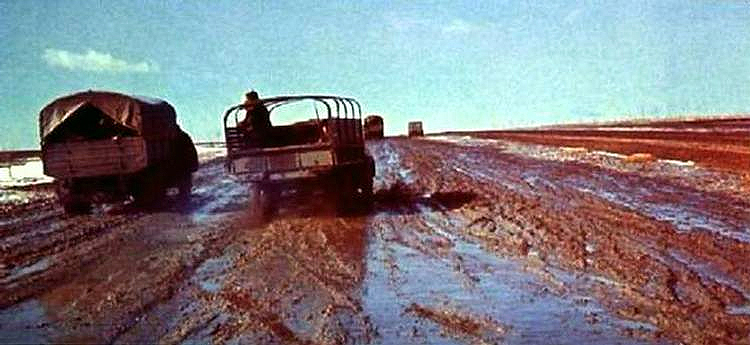
And there is photographic evidence of this.
There are 60(+) Russian army trucks crowded & parked on this raised road bed to avoid the fate of the mud-bogged Pantsir-S1.
8/
There are 60(+) Russian army trucks crowded & parked on this raised road bed to avoid the fate of the mud-bogged Pantsir-S1.
8/

Given the demonstrated levels of corruption in truck maintenance. There is no way in h--l that there are enough tires in the Russian army logistical system.
So their wheeled AFV/truck park is as road bound as Russian Army columns were in the 1st Russo-Finnish War.
9/
So their wheeled AFV/truck park is as road bound as Russian Army columns were in the 1st Russo-Finnish War.
9/

What that means is that as long as and where ever the Spring Rasputitsa is happening. The Russian Army attack front is three wheeled AFV's wide.
When the Ukrainians can block the road with ATGM destroyed vehicles. They can move down either side of the road like Fins in 1939
10/
When the Ukrainians can block the road with ATGM destroyed vehicles. They can move down either side of the road like Fins in 1939
10/
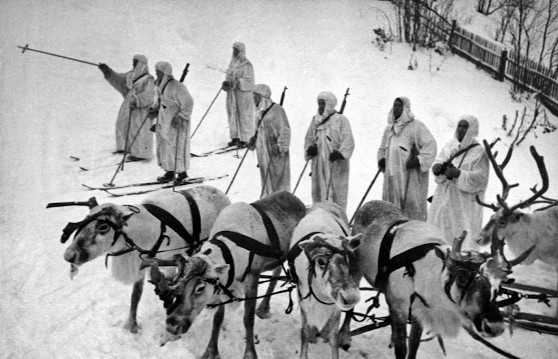
...destroying Russian truck columns.
The Crimea is a desert and the South Ukrainian coastal areas are dryer. So we are not seeing this there.
But elsewhere the Russians have a huge problem for the next 4-to-6 weeks.
11/End
The Crimea is a desert and the South Ukrainian coastal areas are dryer. So we are not seeing this there.
But elsewhere the Russians have a huge problem for the next 4-to-6 weeks.
11/End
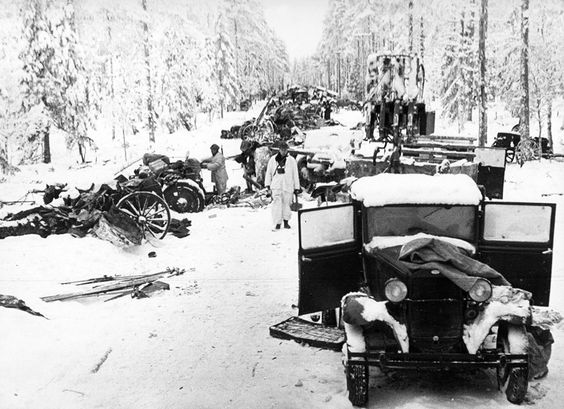
• • •
Missing some Tweet in this thread? You can try to
force a refresh








